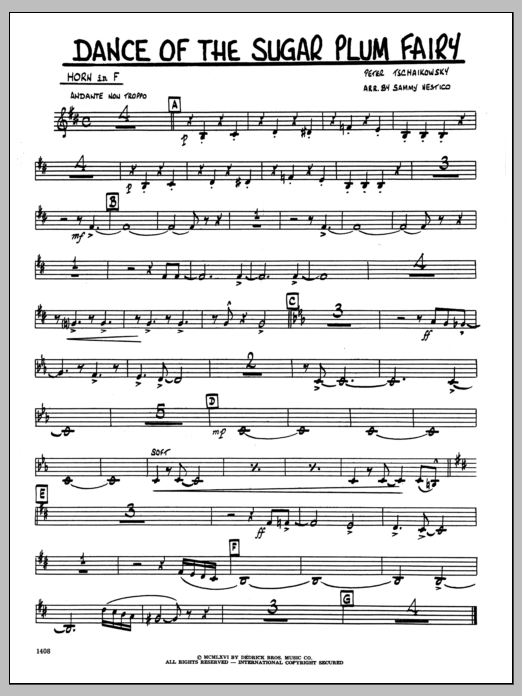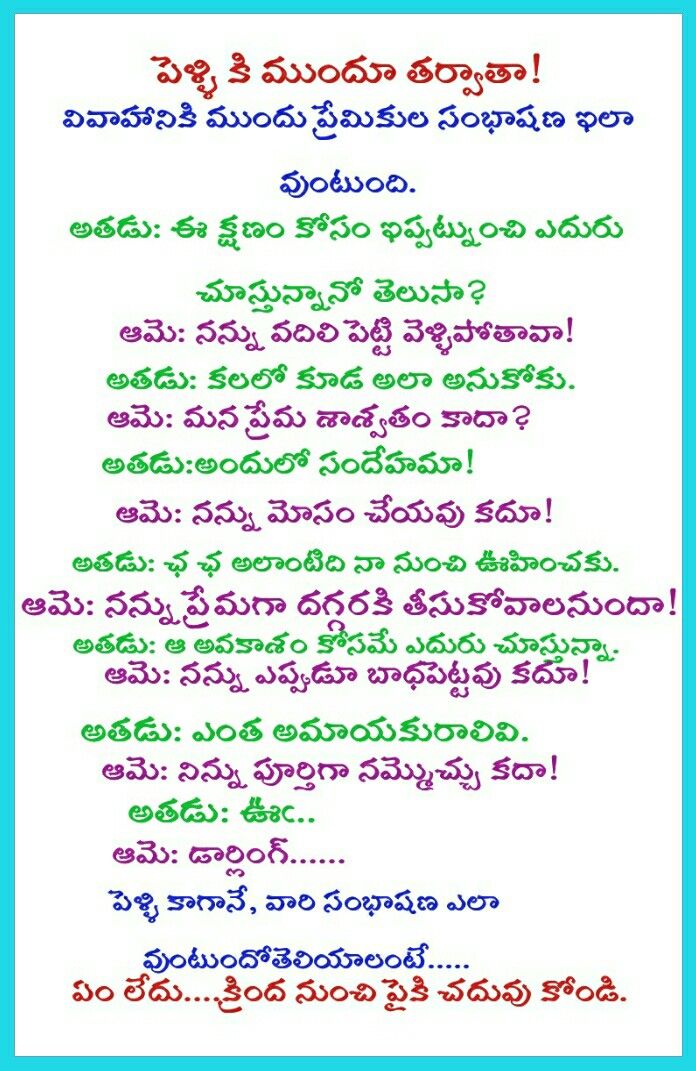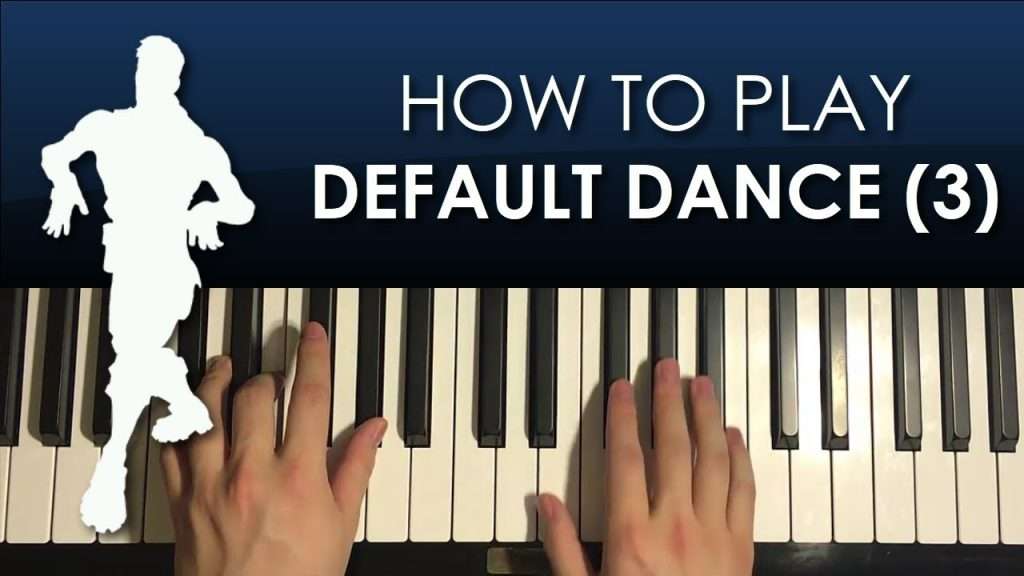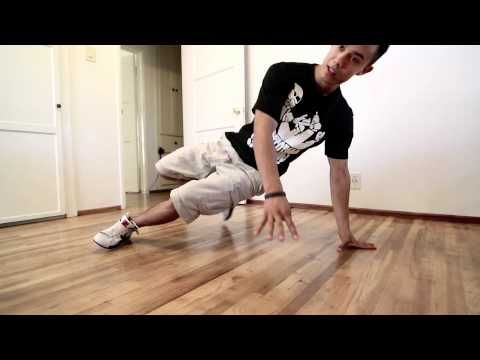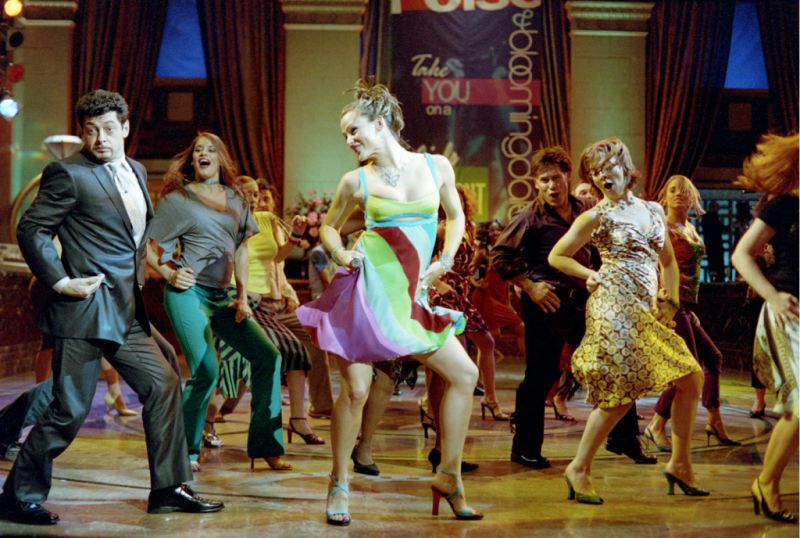How to square dance easy
How To Square Dance? 5 Tips to Make You a Better Square Dancer
Previous | Next
What is Square Dance?
Square dance is a traditional dance that has been part of American social life for centuries. It is documented to have originated in England in the late 16th century. Although originating in England, square dance was also very popular in France and other European countries like Italy and Germany. When Europeans from these countries settled in other countries, they took the dance with them. It was then adopted in those cultures with some minor differences. It was through these settlers that square dance was introduced to North America.
Now square danceis most popular in Germany, the United States of America, Canada, and Australia. Each of these countries has a slight variation in the dance. Square dance has also been designated as the official state dance in 19 U.S. states and is demonstrated in many festivals and family gatherings.
The dance, as mentioned earlier, varies slightly in each of the different countries. The difference is not always significant, but it still exists. In most American forms of square dance, the dancers are prompted or cued through a sequence of steps (square dance choreography) by acaller and dance to the beat (and, in some traditions, the phrasing) of music. In some forms of traditional square dancing, the caller may be one of the dancers or musicians, but in a modern western square dance, the caller is on stage, giving full attention to directing the dancers.
How to Square Dance
Learning to square dance is an excellent way to get some exercise and learn a fun style of movement and socialize at the same time. It may not be the easiest form of dancing, but it is very entertaining to both perform and spectate.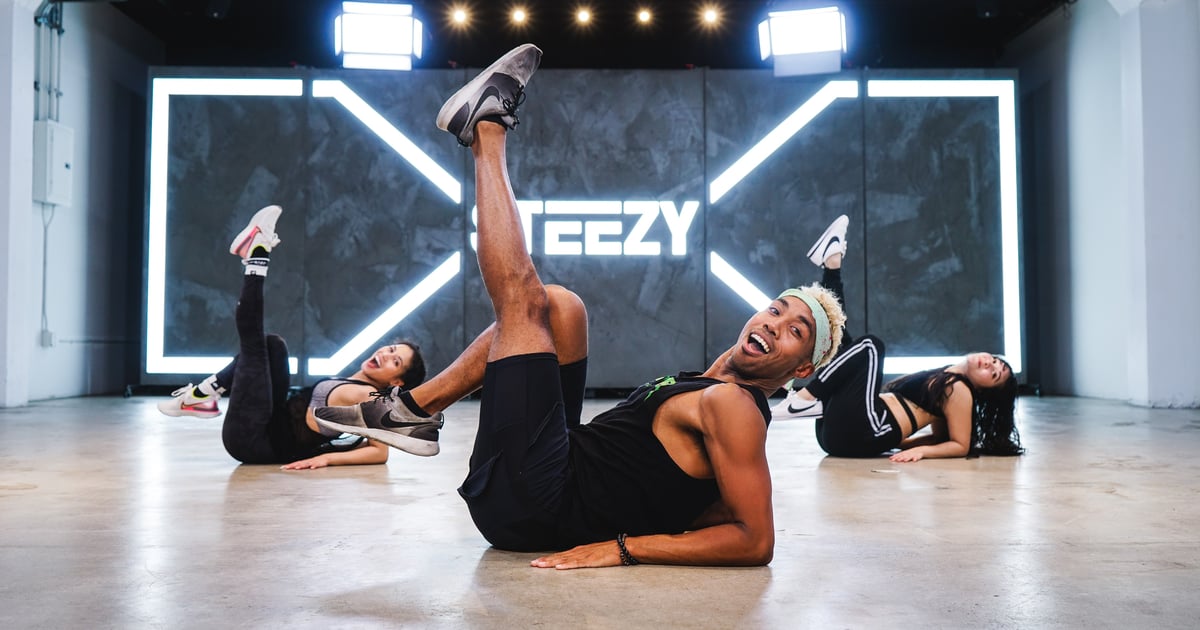
Square Dance Basics
Square dancing typically comprises four couples or eight people. Each couple is made to stand on a different side to form a square. Each dancer faces the center of the square and there is usually a male/female combination for each couple.
The female is usually placed on the left side of her male counterpart and is usually called his “corner”. Similarly, the man on the woman’s right is, in turn, her corner. The couples are then numbered to make sure that every couple follows a proper move. After the numbering, the couples move counterclockwise through the square. The dance only starts with the couple formation, but as the participants move through the dance, the partners are exchanged and original partners can mean nothing. The couple might start out together but during the dance, the man and woman both will get to dance with other people as the dance requires interchanging with the other couples.
|
|
| |
| Dresses | Blouses | Skirts |
Tips for the Beginner Square Dancer
- Listen - Learn to be a good listener.

- Know where you are in a formation - center, end, trailer or leader, always be mindful of the formation so you’ll know what part of the next call to execute.
- Learn the definitions - learn the meaning of the calls.
- Hand grips are preferred over arm grips - in set-ups where dancers are facing- thumbs and fingers together. Thumbs should not be linked like shaking hands.
- Trust the caller - A call set -up may not feel right and you think you are in the wrong position just be patient the caller will guide you (3).
Square Dance “Calling”
In square dance, the caller calls out the instructions to the dancers. When the caller calls out, participants have to dance the steps that are being called. This makes every square dance different and exciting! Calls might also contain a modifier describing how many times the call is to be performed, such as “promenade ½”. (1).
Basic Square Dance Steps
HandHold
This dance step is when a hand from one dancer comes together with the hand of another dancer.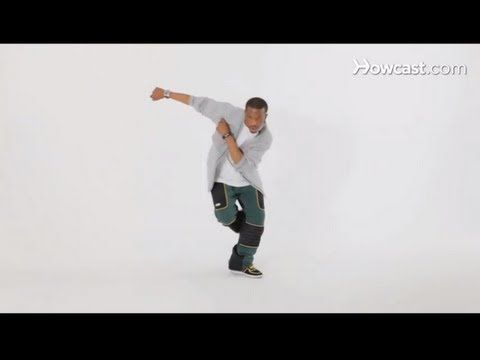 This can happen between the original couple or during the interchange. When this grasp is broken, the handhold is over (2).
This can happen between the original couple or during the interchange. When this grasp is broken, the handhold is over (2).
Allemande Left
This is when corners face each other and hold left hands. While holding the hands, the couples walk around each other and return to their own original position. There is also an Allemande Right, which is the same movement in reverse (2).
Ladies Chain
This is a step that involves only the ladies partaking in the dance. When called out by the caller, all the ladies single out and walk toward each other and hold right hands. They pass through, drop hands, and give left hands to each other’s partners (2).
Balance
As the name suggests, this move is going to definitely test out your balancing game. Partners hold right hands, hop on their left foot, cross over the right, hop on the right foot, and then cross the left. This movement is like an upbeat jazz dance’s Grapevine step. This step is often repeated several times and is a very joyful move because of the tip tap sounds which is produced because of the hopping. Not to mention the fact that it looks lovely to those viewing it if done in proper synchronization (2).
Not to mention the fact that it looks lovely to those viewing it if done in proper synchronization (2).
Opposite
This is when a dancer joins together with that dancer who is facing directly opposite to them (2).
Set
In this move, two lines of dancers facing each other each of 6 to 8 people, customarily with females in one line, males in the other. This is why the dance usually requires six to eight couples to perform it together. There is no way a dance like this can be performed by a single person alone. Its beauty lies in the synchronization of several people dancing together (2).
Promenade
Partners cross hands and walk counterclockwise back to their original positioning (2).
5 Tips to Make You a Better Square Dancer
- Keep both feet on the floor- Remember toe should slide on the floor first. When you walk your one foot is off the floor for a time and you can be off-balance easily. Use the shuffle step with both feet to glide along the floor to remain perfectly balanced.

- Keep you weight forward - Stay on your toes. Make your movements smooth to be a polished dancer.
- Stand tall and move lightly - Let the moving carry you along, don’t trudge.
- Take Smaller steps - Especially in men, make your steps smaller as it is easier to shuffle and maintain a balance that way. Don’t rush; the caller has to be ahead of you, so dance smoothly.
- Listen and dance to the music- The square is the framework for you to move. Take one gliding step on each downbeat of the music.
Conclusion
The square dance represents a celebration and is often seen at special occasions, family gatherings, or carnivals. Keeping the tradition alive and cherishing the heritage is the responsibility of the new, young generation.
The dance is more than a predefined set of steps that is required to be followed rigorously. Square dance brings a sense of community and inclusiveness as it lets anyone and everyone take part and enjoy it. Dancing with random people can enhance your confidence in interacting with people and also enhances community connection. So get out there and get dancing!
So get out there and get dancing!
Sources:
- https://acme-corp.com/teamGuest/R/2_426/sd101/Square%20Dancing%20101.htm
- https://dance.lovetoknow.com/Square_Dance_Steps
- http://www.azsquaredance.com/documents/GCSDA%20HAND%20BOOKLET.pdf
How to Square Dance
Mainstream & Plus Square Dance Lessons
Now on DVD
How to Square Dance Illustrated Call-by-Call
Taught by a Professional Square Dance Caller
Are You Taking Square Dance Lessons?
This Video Series Makes a Great Companion to
Your Lessons
Perfect for New Dancers ... No Prior
Experience Necessary
A Great Review for Experienced Dancers ...
Lets You Tune Up Your Square Dancing Skills
Here's What You'll Find in this 2-Volume
DVD Series on How to Square Dance
Real Live Dancers .
.. No Stick Figures or Dancing Dots
Detailed Walk-throughs ... Dancers go through the calls step-by-step, to show full detail of the moves
Zoom In Shots to Show What's Happing in the Middle of the Square ... Nothing is hidden
Instant Call Selection for Easy and Fast Review ... Just Highlight Your Selection and "Click"
... DVD menues let you jump to any lesson or even a specific call. Instantly, your selection begins to play.
You don't have to wade through hours of video trying to find that one call you want to review.
| Volume I Mainstream DVD |
|
| Volume II Plus DVD |
|
What Square Dancers are Saying About These Videos
New square dancers find these videos helpful:
Thanks for sending the video so quickly. We just started lessons in September. We are loving square dancing, so this video will be a great help to us to review what we've learned.

From a past square dancer who wanted to get back into it:
Thank you very much for the wonderful teaching video`s. Each call is done with perfection and is very helpful . My wife and I danced about 23 yrs ago but ... we got away from it . Recently we decided to try it again and we both found your video`s VERY helpful to refresh our memory. We found them ... "Almost too good to be True" as they fit our needs PERFECTLY !!!!
Kudos from a Caller
Been calling 27 years now and just wanted to say that your [video lessons] are ONE OF THE BEST.
Kids can learn too:
I teach 3rd grade in Minnesota. Each year I try to get my students to enjoy square dancing. I have not had much success with it until this year when I found your teaching videos.
This year my kids actually look like they are dancing, and they like it too (which has never happened before either). Just wanted to tip my hat to ya'll and say thanks for the videos ... because you have been helping 8 year olds in Minnesota discover the joy of square dancing.
Our Online Square Dance Lessons Have Helped Thousands ...
Who Else Wants to Learn How to Square Dance the Easy Way?
Need more details?
See Online Examples of These "How to Square Dance" Videos >>>
If you've been referred to this Website by a Fellow Square Dancer or Square Dance Caller and You Are Ready to Order ...
You Can Jump Directlly to Our "How to Order" Page Now.
More Testimonials fromHappyHow to Square Dance Viewers |
Thanks to your videos, I was able to dance Plus level on Sunday to a national caller, and am feeling so much more confident about attending the Washington DC area square dance festival in March. - Andrea, Waynesboro, PA |
I recently joined our local club here in the Ozarks and I'm having a ball. I'm learning from your instructions and reviewing from the same. Thank you for doing this and making it easy for a newbie like me to follow. Y'all are wonderful. - West Plains, MO |
P.S. Your satisfaction is guaranteed. Try our "How to Square Dance" DVDs risk-free. If for any reason you're not totally satisfied, just return them to us postage paid within 30 days, and we'll refund 100% of your purchase price (less shipping charges, if any). That's our personal promise to you, from one square dancer to another.
That's our personal promise to you, from one square dancer to another.
Watch Free Online Examples of these How to Square Dance videos.
Bat (with bows) lyrics, lyrics
Quadrille "The Bat" (Fledermaus Quadrille)
Dance rules:
Before inviting the ladies, the gentlemen must agree among themselves who will be the counterpart to whom. When getting up for a dance, this agreement should be observed. In the dance itself, every time you meet your partner or someone else, you should greet him with a slight nod of your head or other appropriate movement. Small talk is also appropriate during the quadrille, especially among couples waiting their turn to dance.
Quadrille is just the kind of dance to which it is very not forbidden to invite a lady in advance, even at a modern ball, where the culture of inviting in advance and all sorts of ballroom books has not really taken root. But about such and such a quadrille, which is on the list of dances towards the end of the ball, the lady will remember all evening that she promised it to you. :) The quadrille is big, it's easy to remember about it. This is pleasant for both the lady and the invitee. :)
:) The quadrille is big, it's easy to remember about it. This is pleasant for both the lady and the invitee. :)
First figure:
Bows
1-2 - K and D turn to their partner.
3-4 - bow
5-6 - got up from the bow
7-8 - turned to the starting position
9-16 - bow to the partner from the neighboring pair (K - to the lady standing to his left, D - to the gentleman standing to her right)
English sheng (chain anglaise)
1-4 - the leading couples go forward, not holding hands, and diverge from the counterpart with their right shoulders (when passing, they take their right hands).
5-8 - D goes in a semicircle (counterclockwise), K - behind her back to the right diagonal and then around D, turning her to the place. To the left hand supports the hand of D, the right - behind the back of D (it is not recommended to grab the waist, only if D is clearly going the wrong way). That. the leading couples switched places.
9-16 - the same in the opposite direction (leading couples return to their places).
Promenade (promenade)
1-16 - D and K of the leading couples join hands in a "basket", with the right hand the gentleman holds the right hand of the lady, with the left - the left (right hands on top). In this position, they walk a full circle inside the quadrille, passing by standing couples - they bow, they also bow to them.
Note on style: do not try to stand strictly facing the standing couple, stop and give them a full bow. The main thing in this figure is to go through a beautiful, wide, smooth, even circle. We nod to the standing couples as we pass by them without stopping the movement or swerving off the path.
chain des dames
1-4 - The ladies of the leading couples converge in the middle of the quadrille, meeting with their right hands, and pass each other to the opposite gentlemen. (At 3-4 K is already starting to go into the right diagonal towards the lady, so that it would be easier to turn her).
5-8 - K takes the lady who came to him with his left hand by the left hand, with his right hand behind the lady's body, and turns the lady counterclockwise in place.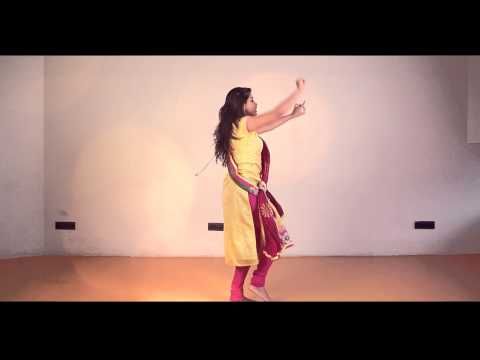
9-16 - the same in the opposite direction (the ladies returned to their places)
Then this figure is repeated by the second and fourth pairs.
Source teksty-pesenok.ru
Second figure:
Pade*aski (pas-de-basque)
1-2 - K and D in a pair turn to each other
3-8 - Everyone does three pas de basques (from circle, to circle, from circle).
9-16 - K and D take both hands and go around the circle clockwise to their places. It is not necessary to do the "step-step-step-put", as in country dances - we just go around in 8 steps.
Ladies to the right (dames a droite)
1-4 - Ladies approach the gentlemen standing to their right and curtsy. K answers with a slight bow and gives D his left hand.
5-8 - Everyone walks in new pairs in a circle, in a circle the gentleman releases the hand of the lady on the left and takes the hand of his lady.
9-12 - Everyone in their pairs goes from the circle to their places (4 steps back).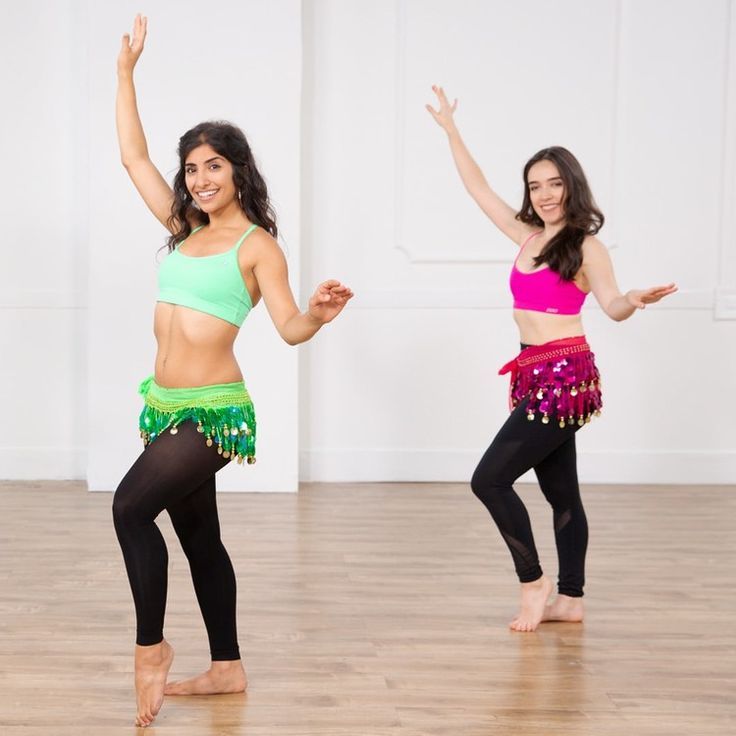
13-16 - Partners change places for the right hands in a clockwise direction (hands held low).
Cavaliers to the right (cavaliers a droite)
1-16 - Repeat the previous part, but now the cavaliers go to the right.
Note on style: when a stranger D came up to us, let's bow to her. When we go in a circle with someone else's D - we look at her, pay attention to her, we are very glad that they let us drive someone else's lady. Do NOT keep your other hand ready! Let's raise it only
12 life hacks to quickly learn how to dance from Mamita Dance
dances
Author: Pavel Sobiray
psychologist, teacher of salsa and tango
dancing
Author: Pavel Sobiray
psychologist, teacher of salsa and tango
At the start, you always want to get a quick result. When it doesn't happen, the hypothesis arises that everything takes time. After a conditionally acceptable time, humility comes to mastering pair dances, which, perhaps, is not given, and I will just do what I learned somehow.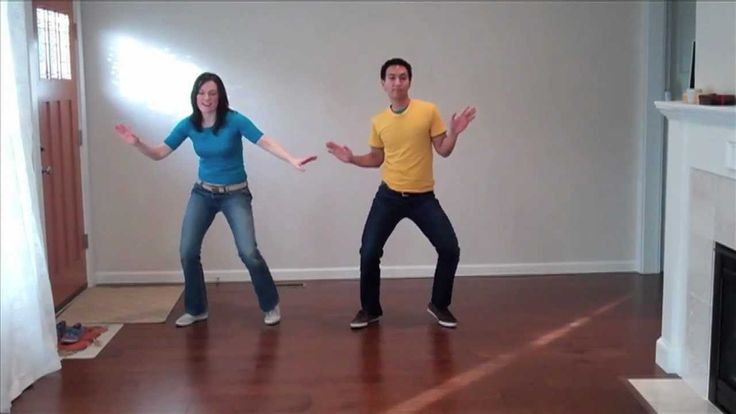
This is the most common story of those who believe that the fact of attending pair dance classes is enough to learn how to dance.
Absolutely not. If you want to really dance well, you have to make an effort outside of the dance class. A good teacher will definitely be needed, but the initiative should be on your side.
1. Listen to music
The most common and accessible advice that is given already in the first lessons. And it definitely works. Music creates a certain atmosphere of the dance and intuitively you want to move to it. It doesn't matter where you listen to music - in the car, on headphones while walking or doing household chores.
An addition that will help you dance better is your active participation in the music. Sing along, dance or simply beat musical accents with any free parts of the body. In the subway, for example, it is enough to tap out bright moments with your fingers, in the car to sing along with sounds, and at home you can jump for pleasure.
2. Watch videos of good dancers
It's complicated, but also obvious. It’s more difficult, because without recommendations from more experienced dancers, unfortunately, it’s not so easy to find a good quality video on the net (I mean not the resolution quality, but the content itself).
Meaningful viewing of the video is to form an understanding of HOW the dancers make this or that impression on the partner or the viewer. Technology is at the heart of everything. Understanding how the pros do it is a big step forward.
It is important to distinguish between a show and a disco dance, a choreographed performance from an improvisation, a stylized dance from an authentic one, etc. Ask for recommendations, and dance instructors will always upload a couple of videos of worthy landmarks.
Tango Z. Showreel.
Online modern tango courses
Tango nuevo is the most advanced version of tango. We can quickly learn to dance from zero to a steep level.
We can quickly learn to dance from zero to a steep level.
| View details |
3. Dance in salsatecas/milongas/discotheques
A very delicate moment when it is worth coming to the first party. From a technical point of view, most students in 1-3 months have a sufficient set of figures and techniques to come and dance calmly. Psychologically, the same moment can be stretched out for an indefinite time. After all, it is imperative to “not lose face”, “learn more figures” and be sure what to do in case “there is an unfamiliar movement”.
In fact, the party goers don't really care (except for a small layer of non-professional teachers who want to help inexperienced dancers by treating them as customers in the future). It is important to come and try dancing after a month of classes. You can only with friends or guys from your group. This will be enough to feel the adrenaline and inspiration from the dance.
4. Dance with partners or partners not of your level
The conventional wisdom that you need to practice in groups of your level does not stand up to the test of experience. Perhaps now your eyes widened in surprise, and you want to meaningfully read the phrase again. Yes, you saw everything correctly: when you dance with a partner of your level, you don’t grow anywhere.
It's important to understand that not only does it work one way, and you need to dance with cooler dancers, but it works even more effectively the other way. It is no coincidence that teaching pair dances dramatically raises the level of the teacher himself. You have an endless stream of very beginner dancers.
How it works. A more experienced partner needs to be "stretched". It's easy and obvious. With beginners, you need to take more initiative on yourself, see the general pattern of the dance more widely, turn on and insure more, try to be an example and be more careful.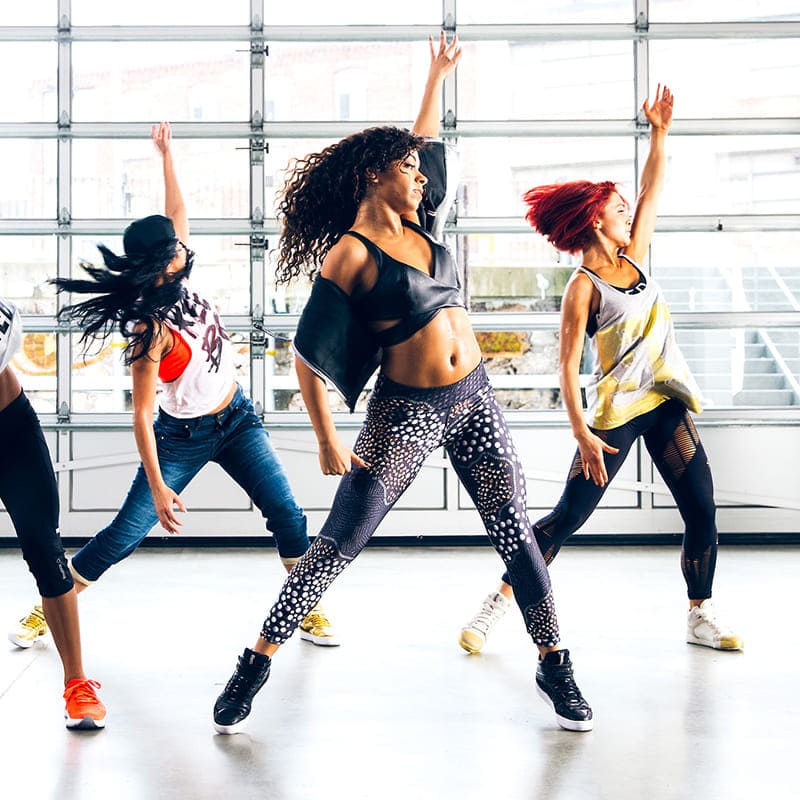 The quality of interaction begins to grow significantly. And wonderful partners too.
The quality of interaction begins to grow significantly. And wonderful partners too.
Dancing with partners of your level doesn't make you grow. Dance with beginners and more advanced dancers
Dominican Bachata Women's Style Online Course
Want to learn how to hypnotize those around you with the most appetizing part of your body? On the course we will tell you all the secrets.
| Interesting |
5. Learn to dance for a partner and for a partner
Turks and Argentines are one of the best partners in the world. In Russia, partners are highly valued. Why? The answer is simple. In Argentina and Turkey, it is not questionable for men to ask another man to lead in one piece or another and give feedback on the quality of the lead. For them, it will be a great shame to hear moralizing from a partner, or even more so to be known in the community as an insecure partner.
In Russia, due to the constant, often far-fetched, opinion that there are more women in pair dances, partners calmly get up and study their partner's part. Such partners then grow into very cool dancers and teachers. In no case do this at parties, only in class. Here we are talking only about the learning strategy. At parties, be yourself.
Such partners then grow into very cool dancers and teachers. In no case do this at parties, only in class. Here we are talking only about the learning strategy. At parties, be yourself.
6. Do not memorize the links
Always try to look deeper and understand the through principle and idea of movement. Understanding what and how is done will make it possible to independently generate any sequences and chips.
Human memory is limited and there will always be a moment when something will slip away and your repertoire will be limited by the size of RAM.
In Argentine tango, for example, there are seven levels of movement construction that, when mastered, will allow you to make millions of combinations. And how many dance sequences can you really remember? In rueda, more than 150 figures dance in a rare circle. It's hard to keep more in mind.
7. Develop your body
Many years of experience in teaching partner dance shows that as soon as everyone pairs up in class, any progress in individual style ends. But it is the individual style that distinguishes everyone at the disco: partners change, and style is always with you.
The body as the main instrument of dance must be very plastic, responsive and emotional. Surprisingly, not all pair dance schools have a general physical warm-up. It is vital to tune the body and understand how it works.
You can always train extra and concentrate more on the basic steps, as their true value is as body work. The sequence of steps is, in fact, the simplest thing that can be in pair dancing. The quality of individual performance determines the craftsmanship.
8. Try on the images of inspiring dancers
A psychological life hack for those who have already mastered the steps, but still feel that there is not enough brightness and drive. Most are terribly afraid of being someone else's "clone". Here the action is the same as under the influence of hypnosis - the more you resist, the more you plunge into an altered state of consciousness.
With a high degree of probability, you are already dancing like someone else's "clone". A meaningful fitting of someone else's image is that you mentally take the image of the one who inspires you (inspiration is critical in this case) and "put on" yourself. Then you start dancing and trying to feel in general how it is to be able, for example, to be the best partner or the sexiest partner in a disco. This is much more difficult than it seems. But it works extremely efficiently.
9. Dance to unformatted music
Habitual rhythms keep you rigid. Tango salon or speedy timba leave little room for experimentation and fantasy. Pattern dancing is always noticeable and is reserved for beginners.
The truly new is born outside of the usual. Look for places to experiment. If there is no place, organize self-training. The main thing is not to get carried away, because music determines the style. We bring something new to pair dances, rather than trying to change them.
Search, improvise, don't be afraid to go beyond, develop in different directions, be inspired by music atypical for style
10. Try your hand at basic dance directions
dances exist according to their own non-choreographic laws.
This is the deepest delusion, which has turned into a ceiling for the qualitative development of partner dances. After all, all professional dancers, for example, in salsa or bachata, build their ideas on the basic choreographic principles.
Do not think that choreography is applicable only on stage. Any meaningful movement of the body can be choreographic. In general, try classical or modern choreography. Basically, hip-hop can work too.
11. Look for battle sensations
Pair dances return us to an active position of manifestation of our body. As in the days of our ancient ancestors, we impress the members of the opposite sex by how dexterous, hardy, sexy, etc. we are. Modern laws of the jungle in the entourage of big cities.
If you look around the dance floor, it becomes clear that the majority are clearly herbivores (not in the sense of vegetarians, but in relation to those around them). I am sure that predators are always more interesting in terms of the attractiveness of the image - try to find a counterbalance among herbivores, for example, a cat woman or a lion man.
The conversation is about an internal position, not about aggressiveness. Lability and lack of control are inherent in adolescents, and not in adult self-sufficient people.
Accordingly, even a training or friendly battle gives, on the one hand, practical skills - to make a bright sequence of movements, bring an idea to a climax, show a spectacular trick, on the other hand, develops the psychological basis of the dance - self-confidence, resistance to extraneous attention, self-control and self-control in complex elements.
12. Communicate with professionals
The environment shapes the internal position. Basically, real passionaries of the dance community are ready to openly talk, discuss and support the development of dance in every possible way. Universal principles and the ideas they articulate have a much longer and more practical perspective than meets the eye.
Accept that, for example, behind the words "listen to your partner" is not only a beautiful metaphor, but also a practical skill to literally listen to your partner. At the same time, always treat every thought, even the most respected teacher, as a private opinion.
Your skill will lie in finding the scope of the idea even in contradictory opinions. Most often, the contradiction is speculative and the truth lies in the angle of perception or situationality.
Your dancing growth will stop sooner or later. This can happen at the level of three basic steps or years of experience in teaching and show performances.
 Beginning dancers start with this DVD.
Beginning dancers start with this DVD.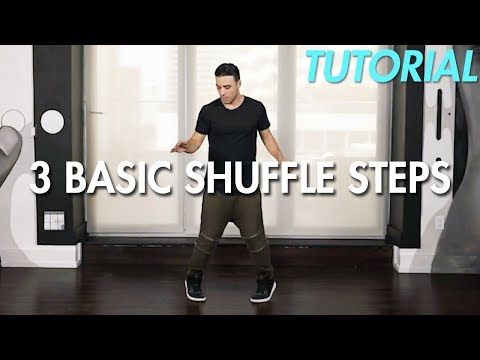 I had been planning to stick to the Mainstream hall, but now feel like I can go back to Plus without a hitch! Would not have attempted Sunday's dance without the review provided by your club videos!
I had been planning to stick to the Mainstream hall, but now feel like I can go back to Plus without a hitch! Would not have attempted Sunday's dance without the review provided by your club videos!